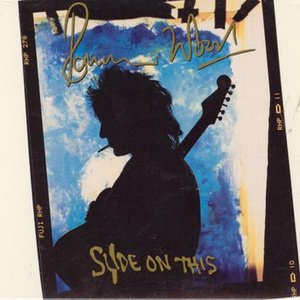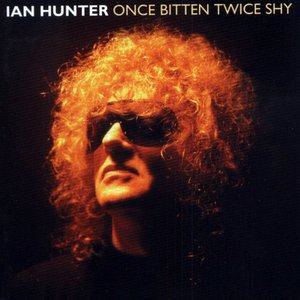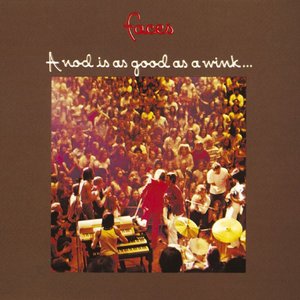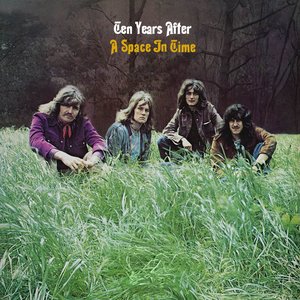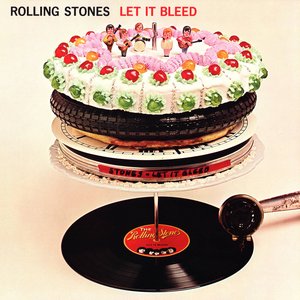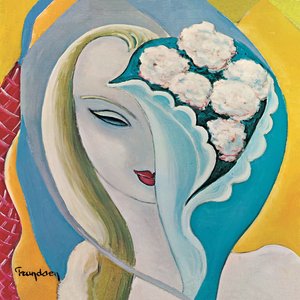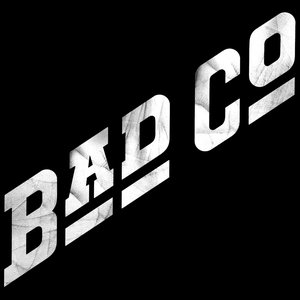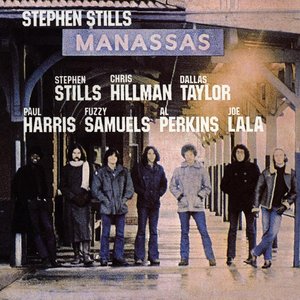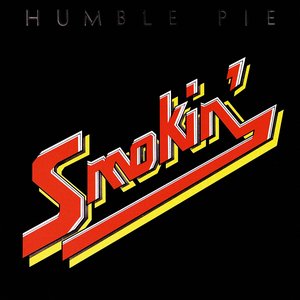Wiki
-
Release Date
1 January 1973
-
Length
10 tracks
Ooh La La is the fourth studio album by the English rock band Faces, released in March 1973. It reached number one in the UK Albums Chart in the week of 28 April 1973. On 28 August 2015, the album was reissued in remastered form on vinyl, and remastered and expanded on CD as part of the box set (along with the rest of the Faces catalogue of studio recordings) 1970–1975: You Can Make Me Dance, Sing Or Anything….
This is the last album before the Faces reunited in 2021 to record a new record together.
By the end of 1972, following the critical and commercial successes of Rod Stewart's solo albums, the singer had become increasingly distanced from some of his Faces bandmates, who were frustrated by the fact that by this point they had come to be perceived by the public (and even by some concert promoters) as little more than Stewart's backing band for live work. Stewart himself was reportedly distracted enough by his newfound stardom that he missed the first two weeks of recording sessions for the latest Faces album entirely. The production of the album would continue to be hampered by the singer's apparent lack of commitment to the project, with Stewart not appearing in any capacity on three of the LP's ten released tracks. As a result of this situation, Ooh La La was, according to Ian McLagan, "Ronnie 's album", with founder member Lane's contributions setting the tone of the LP's quieter, more reflective second side.
Despite the difficult circumstances of the recording sessions, producer Glyn Johns held the group together, helping to placate internal tensions (as he had with the Beatles during their Get Back sessions); his efforts enabled the Faces to record a focused, concise album in the manner of its predecessor, A Nod Is As Good As a Wink… to a Blind Horse (the band's first two albums were, in contrast, lengthier self-produced affairs). Once the recording of Ooh La La was completed, the album's credits optimistically suggested an intention to work with Johns again in the future, with the comment: "Produced by Glyn Johns (see you in a year)".
The cover of the Ooh La La album is designed around a stylised photograph of "Gastone", a stage character of 1920s Italian comedian Ettore Petrolini. The original LP's art deco-inspired cover was constructed in such a way that when the top edge of the sleeve was pressed down, a concealed die-cut design element would descend that made Gastone's eyes appear to discolour and move to the side, and his jaw would appear to drop into a leering smile. The back cover also featured art deco-inspired design elements, and detailed song information and album credits alongside tinted individual photographic portraits of the band members. The original gatefold sleeve's inner design depicted a large stylised photomontage of the band in typical 'laddish' pose, admiring the charms of a Can-can dancer (referencing the lyric of the title track). The album cover was designed by Jim Ladwig.
The album was reissued in a remastered and expanded form on 28 August 2015, including early rehearsal takes of three of its tracks. The vinyl reissue did not contain any bonus tracks, but did replicate the original LP cover with the animated picture of Gastone.
Album descriptions on Last.fm are editable by everyone. Feel free to contribute!
All user-contributed text on this page is available under the Creative Commons Attribution-ShareAlike License; additional terms may apply.

